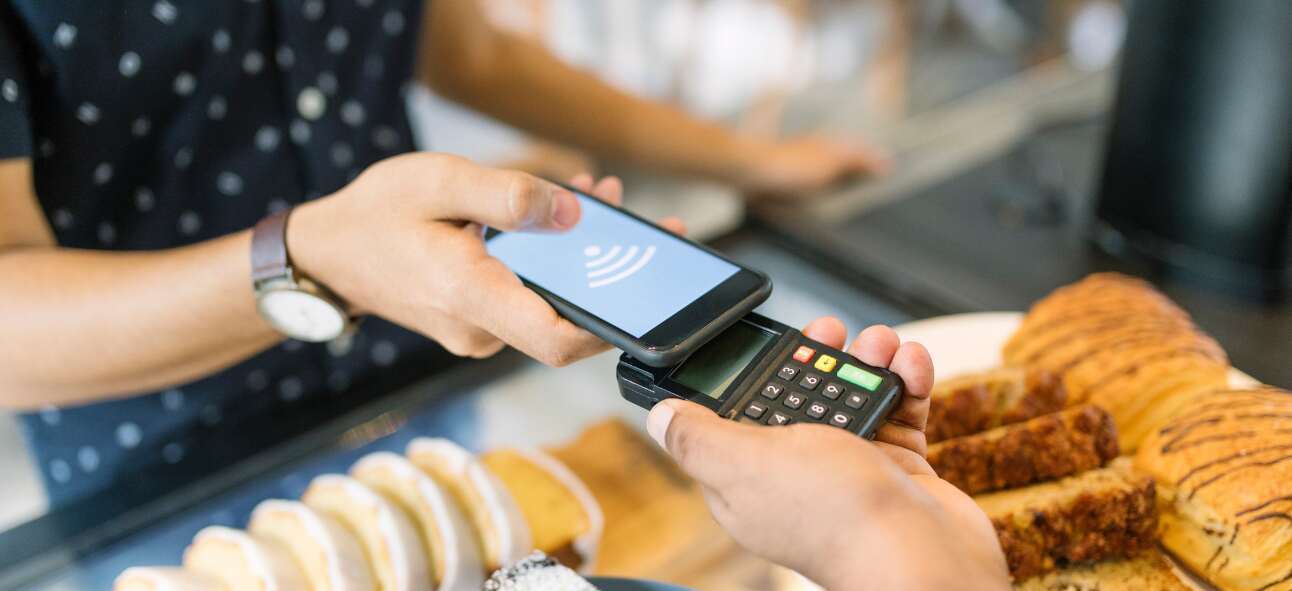E-commerce is growing rapidly throughout Europe, with 75% of people aged 16 to 74 shopping online in the last year. The UK continues to be the largest e-commerce market in Europe, making up over 22% of overall online spending, followed by France (17.9%) and Germany (16.7%). In the same period, online payments grew more than 50%. Recent data on European payments from across 33 European countries confirms the growth of online payments all across the region. The growth of alternative payments across Europe has been huge. But how do they help your business? Read more to know why do you need them.
What alternative payments means for business?
With greater number of shoppers flocking online, business that want to reach more customers have to adopt payment solutions to meet customers where they are. This means supporting the most popular online payment methods. Merchants that offer multiple payment options are trusted by buyers. For example, over 90% of consumers in Austria say that the availability of their preferred payment methods influence their decision to shop online. The more choices shoppers have, the more likely they are to complete the purchase. Enter alternative payments.
What are alternative payments?
Alternative payment methods are any means of payment, apart from cash or a major international credit and debit card scheme, such as Visa or Mastercard. The most common alternative payment methods include e-wallets such as PayPal, account-to-account (A2A) transfers, Buy Now Pay Later (BNPL), QR codes, etc.
How do alternative payments work?
Alternative payments run on an open banking framework and use open banking APIs. These allow for more seamless and transparent data sharing and smoother payments. Open banking APIs help banks and trusted third parties access customer financial data from various sources to provide better insights and bespoke products to customers. But only the owner of the data, or a third party allowed by the owner, can access the data.
Open Banking makes payments smoother and improves user experience. Merchants can use APIs to embed payments into the customer journey and harness customer data to offer relevant financing options at checkout. They can also use this data to design more personalized offers. Alternative payments make use of Strong Customer Authentication (SCA), hence are more secure. SCA is seamlessly merged into the natural user flow, making payments fast and easy. Merchants can make in-store and online payments safer and more efficient. They can design more intuitive checkouts to improve sales and enhance customer experience.
Learn more: Strong Customer Authentication and PSD2 in Europe: What Merchants Need to Know
Why are alternative payments important for your brand?
While cards still form the bulk of cashless payments at over 57%, alternative payments are fast emerging as major contenders. In fact, more consumers are open to using alternative payments in Europe. Another survey of over 16000 consumers in 13 countries in Europe, Asia, Latin America, and North America shows that more than half (56%) of consumers use digital wallets and 10% use account-to-account (A2A) transfers.
Research from DHL shows that seven in ten (70%) online shoppers are more likely to complete a purchase when their preferred payment method is offered at checkout. Hence, it makes a lot of sense to revise your payment strategy to include preferred payment options, based on the markets you play in. The key is to understand your customer, local trends, and prioritizing their convenience. Offering a set of methods that are tailored to your local audience can pay boost your sales and win over newer customers.
Top alternative payment methods in Europe
Digital wallets
Digital wallets have become a hugely popular payment method worldwide. And growing. Digital wallets are the most used payment method in Europe’s five largest e-commerce markets. In the UK, which is the number one e-commerce market in Europe, over one in three consumers use a digital wallet. Digital wallets are seemingly more popular with the 18-34 year olds, with 64% in the age group using a digital wallet. Apple Pay and PayPal are the most popular ones. For example, PayPal (a digital wallet) is preferred by 93% of Germans and 91% of Italians.
Read more:
Why Digital Wallets are Important for Your Business
Why Digital Wallets Are a Great Choice for Small Businesses
Account-to-account (A2A) transfers
Account-to-account (A2A) payments are another hot payment method emerging in Europe. In 2021, 13% of e-commerce payments in the region were A2A. Account-to-Account (A2A) payments are payments where money is moved directly from one account (a customer or payee account) to another (a merchant or service provider account) without any intermediaries or payment instruments, such as cards. A2A payments are not new and have been traditionally used by consumers to make regular payments, such as direct debits or bank transfers.
The demand for A2A payments has grown, thanks to a maturing open banking framework in Europe, demand for instant payments, and consumer behavior shifts driven by the pandemic. 81% of consumers in the EU saying they are “likely” to make an A2A payment in future. A2A payments are an attractive option for retailers because of their lower costs and faster settlements. A2A payments also remove the need for payment guarantees or card processing fees, which are central in card networks, making them ideal for merchants. Examples of A2A transfers include SEPA payments in Europe.
The SEPA payment scheme processes over two million instant payment transactions worth 1.5 billion euro per day on average – and volumes continue to grow by up to 50% on an annual basis. iDEAL in The Netherlands is another example of a well-established A2A payments scheme. It processes over a billion transactions every year, over two-thirds of all Dutch e-commerce payments.
Read more: Account-to-Account Payments: What Merchants Need to Know
Buy Now Pay Later (BNPL)
Buy Now Pay Later, or BNPL, is another popular payment solution in Europe. With BNPL, consumers pay for products or services in zero-interest instalments over an extended period of time. The growth of Buy Now Pay Later, or BNPL, in Europe has been scorching. The first half of 2022 saw a record 10 million BNPL app installs, an incredible 339% jump from two years ago.
The Nordics, Germany, and the UK remain the top markets for BNPL payments. According to recent research, BNPL payments are expected to grow by 20.5% to reach a total value of over USD 184 billion in 2023. This figure is expected to more than double by 2028. The most popular BNPL schemes in the EU include Klarna, which commands over 70% of market share amongst BNPL apps.
Learn more:
5 Ways to Improve BNPL Success
Can BNPL be used for B2B Payments?
How can Novalnet help?
We can help you solve the complex puzzle of alternate payments and help you build the best payment mix for your business. We are a global PSP with deep expertise in Europe’s markets. Many of Europe’s leading brands trust us with handling their payments. Give us a call today to know more about how we can help you use alternate payments for your business.
Jose Augustine is the Chief Business Development Officer at Novalnet with extensive experience in European payment industry and a knowledge powerhouse.










